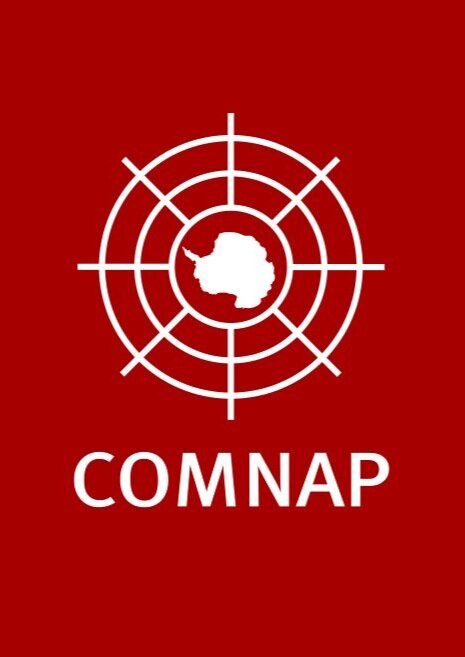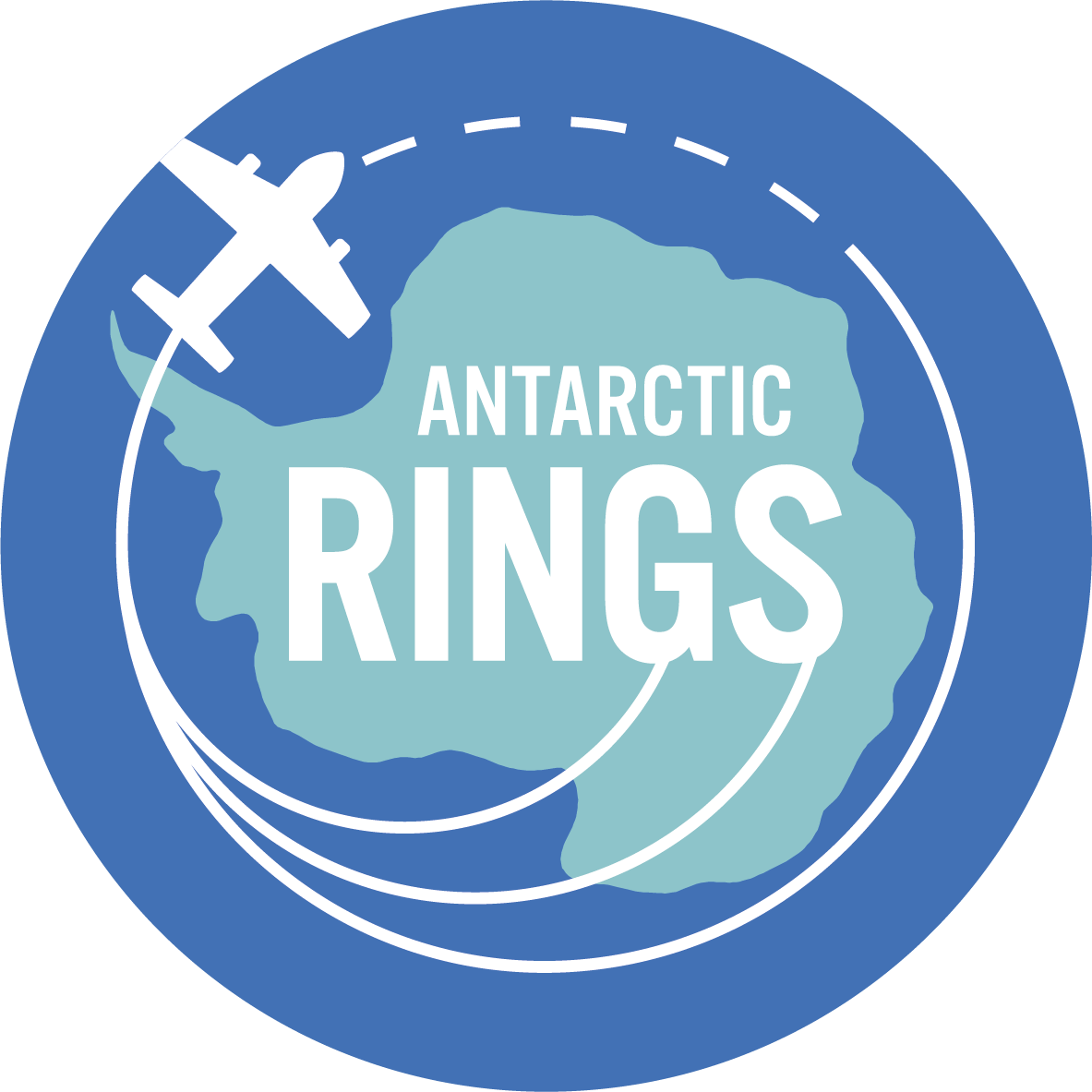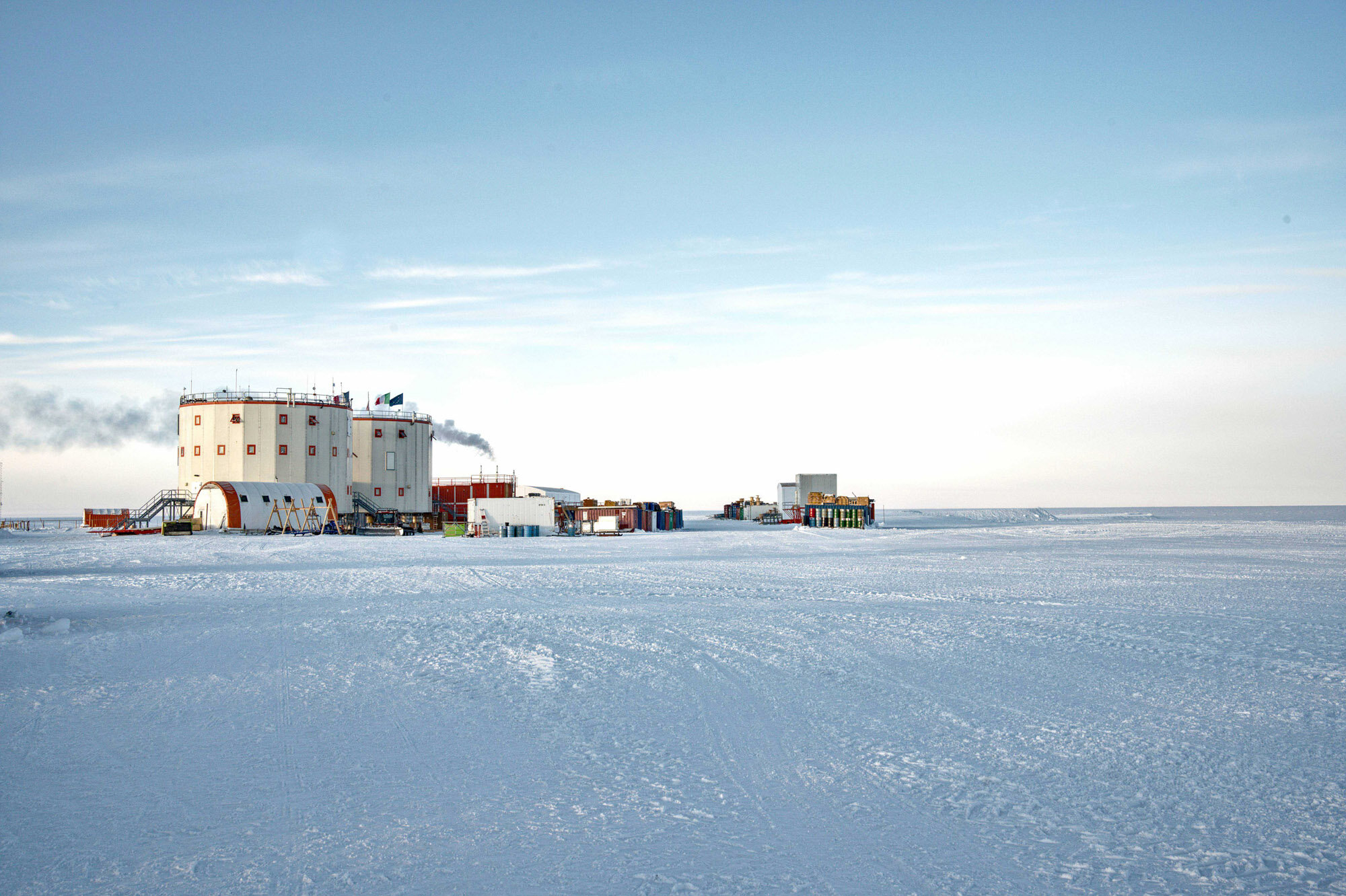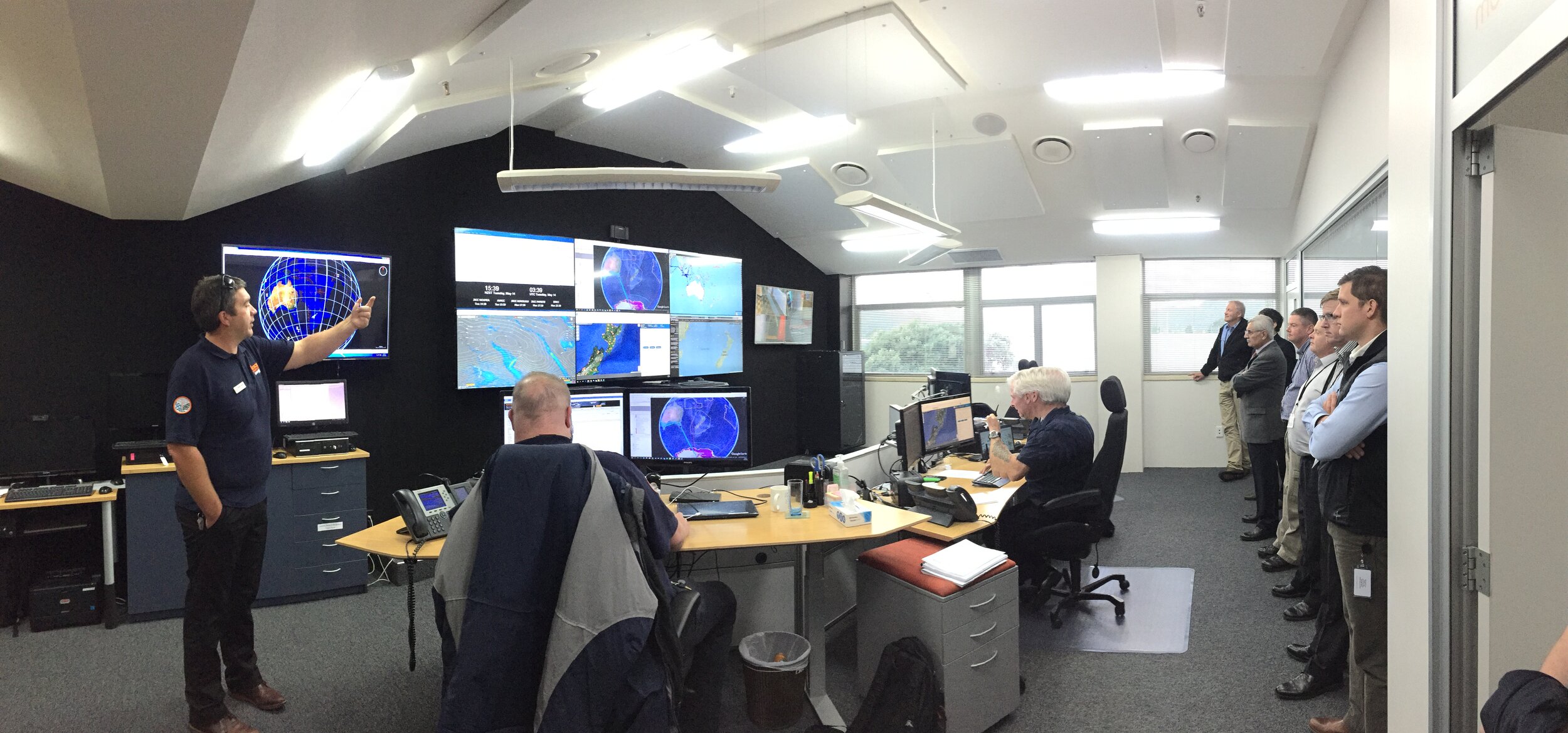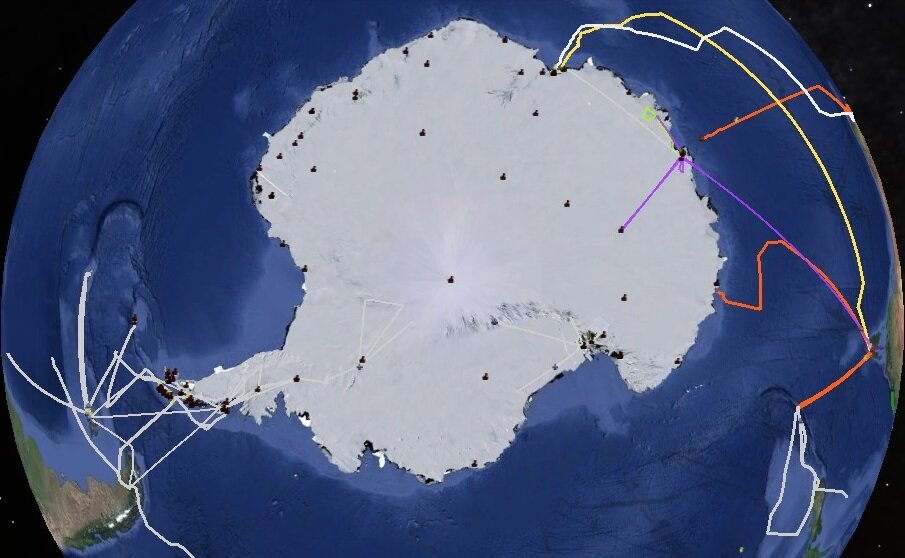
COMNAP Projects
COMNAP Member National Antarctic Programs are the authorities when it comes to Antarctica. They have the greatest, collective, first-hand knowledge of the place. COMNAP helps share and develop knowledge related to best practice through our project work. Our three-year workplan helps us stay on-track, and it reflects key Antarctic issues, opportunities and challenges for the next several years. We work on projects for our Members and Observers, and also for the Antarctic Treaty Consultative Meetings and the Committee for Environmental Protection in support of our role to develop and deliver practical, technical and non-political advice.
Here are some of the projects we are currently working on:
COMNAP Asset Tracking System (CATS)
Project manager: Robb Clifton
EXCOM: Pavel Kapler
The COMNAP Asset Tracking System (CATS) is an optional, voluntary system for exchange of information about National Antarctic Program ship operations and capabilities. It is designed by COMNAP for COMNAP. The purpose of the system is to facilitate collaboration between National Antarctic Programs, with other operators, and with other stakeholders.
Technology improvements mean that the CATS does not require emails to be sent in order to update positions. Once set up, positions can be acquired automatically from vessels and also from aircraft.
If your program is operating or contracting a vessel or aircraft that will operate in the Antarctic Treaty Area this season, and if you have not set up your positions to be automatically included, then please see “How to provide data to CATS/Data Feed Specification” at https://apps.aad.gov.au/comnap/datafeed.
If you have already set this up, and if you are a COMNAP Member, you can view the CATS by way of the app at https://apps.aad.gov.au/comnap/ (username and password will be required).
Further techical questions in regards to set-up or including your vessel or aircraft, contact Rob Jennings and cc Robb Clifton. General queries about CATS, contact sec@comnap.aq.
The Heightened Risk of Avian Influenza (HPAI) in Antarctica
Project manager: Michelle Rogan-Finnemore
EXCOM: Antonio Quesada
This project addresses the heightened risk of HPAI presenting in the Antarctic and assists national Antarctic programs to develop guidelines in response to that heightened risk.
Until early 2024, Highly Pathogenic Avian Influenza (HPAI) had been a global problem but was not found in the Antarctic region. In October 2023, it reached the Sub-Antarctic through natural migration of bird species. We now have (as at 25 February 2024) confirmed cases in the Antarctic Peninsula Region.
Avian flu is a viral infection that is highly contagious among birds and is found in domestic poultry and wild birds. The spread and progress of avian flu is a continuing and evolving global situation that is constantly changing. Right now, we are concerned about HPAI and the specific strain H5N1 which has killed hundreds of thousands of birds in the northern hemisphere and has spread very rapidly to the southern hemisphere. There has also been confirmed cases in mammals.
We can’t stop the natural migration of birds and so we cannot stop the virus from spreading to/in Antarctica. But, we can look for signs of HPAI in Antarctic species and report those signs, take extra precautions to prevent the spread of the virus by human activity, and protect our human expeditioners from contracting the disease from infected birds and mammals.
A one-page summary has been produced by COMNAP with information. Full guidance (version 1/30 August 2023) for COMNAP Members is also available by way of the Member’s Only Document area. Further information under “Learn more”.
Improving EDI and Preventing Harassment in Antarctica
Project manager: Stephanie Short
EXCOM: Michelle Rogan-Finnemore
This project will contribute to item 12 of the Antarctic Treaty Consultative Meeting’s Multi-Year Strategic Work Plan, which is to “address equality, diversity and inclusion issues, by promoting full participation of underrepresented groups in Antarctic science and operations activities across all Antarctic issues, including science, operations, policy and law.”
Many Antarctic research programs have initiatives underway aimed at improving equity, diversity and inclusivity (EDI) and preventing harassment. COMNAP members have a unique perspective on these topics because we work at the interface between the research communities we serve and the workforce that operates the stations and field camps. The principal objective of this project is to leverage this unique perspective by creating a COMNAP “hub” for information sharing that is available to all Antarctic programs and enables each Nation’s efforts to advance more quickly and efficiently.
COMNAP RINGS Collaboration
Project manager: John Guldahl
EXCOM: Gen Hashida
RINGS is a collaborative effort to better understand coastal regions of the Antarctic Ice Sheet primarily using airborne geophysics. RINGS began as a SCAR Action Group in 2021 aiming to facilitate coordinating regional survey efforts and relevant research programs so that the current knowledge gaps at the ice-sheet margin are filled to better understand current and future Antarctic contributions to the sea-level rise.
From a COMNAP perspective, the objective of the project is to establish a network within COMNAP or utilise the already well-established regional groups to provide logistics knowledge for efficient survey planning, and eventually communicate and better coordinate regional logistic support of RINGS.
COMNAP Database
Project manager: Andrea Colombo
EXCOM: Michelle Rogan-Finnemore
Providing information in relation to the capabilities of national Antarctic programs is a significant responsibility, and one that all programs take very seriously. It is also an obligation that places a burden on already busy National Antarctic Program staff, who must provide the information into multiple databases and systems, and must ensure that the provision of data into each is done in a manner that addresses the need for currency of the data.
COMNAP developed the database via the US Polar Geospatial Center with the support and leadership of the US National Science Foundation Office of Polar Programs, and with input from all COMNAP Member National Antarctic Programs. The COMNAP Secretariat uses the database to produce ATOM and AFIM and other information products, and select items from the database are shared with the Antarctic Treaty Secretariat and with Rescue Coordination Centres.
INFORMATION EXCHANGE – How COMNAP Productises Data for Members & the Community
Search and Rescue (SAR) and Rescue Coordination Centres (RCCs)
Project manager: Andrea Colombo
EXCOM: Michelle Rogan-Finnemore
The objective of this project is to mantain up-to-date information on Search and Rescue (SAR) and Rescue Coordination Centres (RCCs) as recommended by Resolution 4 (2013), ATCM XXXVI/CEP XVI, Brussels.
RCCs (with Antarctic coordination responsibility) authorities and points of contact can be found here.
SAR Workshop I (2008) Full Report
SAR Workshop II (2009) Full Report
SAR Workshop III (2016) Full Report
SAR Workshop IV (2019) Full Report
SAR Workshop 5 (2023) Full Report
